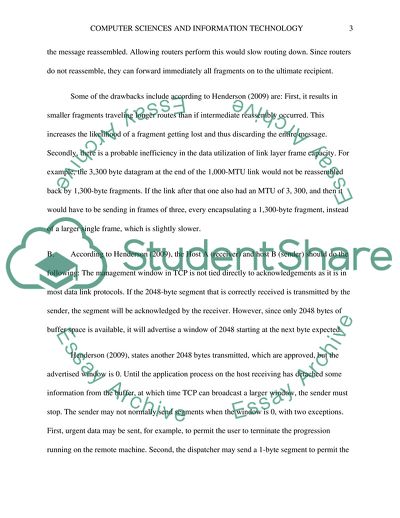Cite this document
(User-Level Packet Capture - TCP/IP Assignment Example | Topics and Well Written Essays - 1750 words, n.d.)
User-Level Packet Capture - TCP/IP Assignment Example | Topics and Well Written Essays - 1750 words. https://studentshare.org/information-technology/1788467-questions-and-answers
User-Level Packet Capture - TCP/IP Assignment Example | Topics and Well Written Essays - 1750 words. https://studentshare.org/information-technology/1788467-questions-and-answers
(User-Level Packet Capture - TCP/IP Assignment Example | Topics and Well Written Essays - 1750 Words)
User-Level Packet Capture - TCP/IP Assignment Example | Topics and Well Written Essays - 1750 Words. https://studentshare.org/information-technology/1788467-questions-and-answers.
User-Level Packet Capture - TCP/IP Assignment Example | Topics and Well Written Essays - 1750 Words. https://studentshare.org/information-technology/1788467-questions-and-answers.
“User-Level Packet Capture - TCP/IP Assignment Example | Topics and Well Written Essays - 1750 Words”. https://studentshare.org/information-technology/1788467-questions-and-answers.


